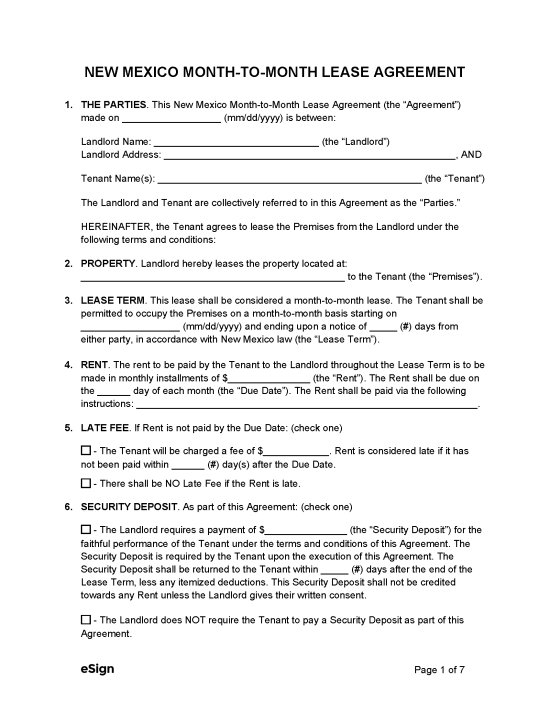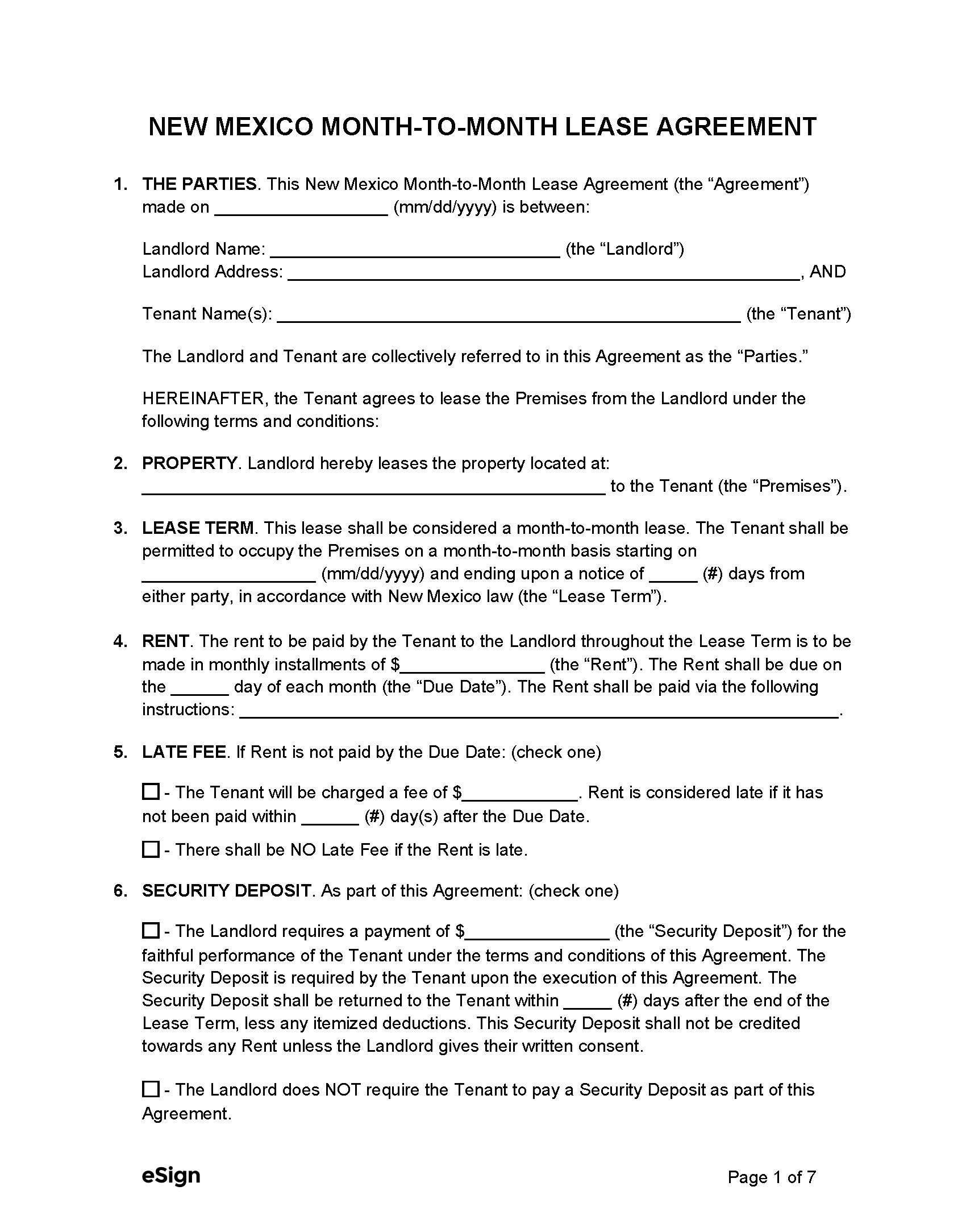Rental Application – A rental tool used to collect background information from lease applicants during the screening process.
Month-to-Month Laws
- Termination Notice – A written notice must be provided by the landlord or tenant at least 30 days before the termination date.[1]
- Rent Increase Notice – Landlords must provide 30 days’ notice of their intention to increase the rent.[2]
Required Disclosures (2)
- Lead-Based Paint Disclosure (PDF) – This disclosure is used to report the existence of lead-based paint on the premises and is required if the property was constructed before 1978.[3]
- Owner Disclosure – The landlord must disclose to the tenant the name, address, and phone number of the property manager and the building owner or another person permitted to act on behalf of the owner for service of process and receiving notices/demands.[4]

